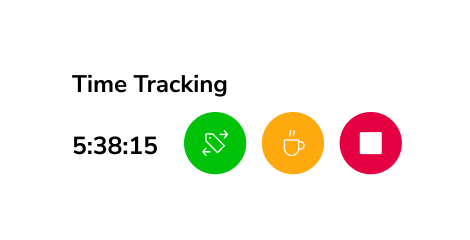Greece’s Digital Labor Card reveals overtime concerns

The expansion of Greece’s Digital Labor Card scheme into sectors such as tourism and hospitality has uncovered widespread underreporting of employee overtime hours, as reported by Ekathimerini on May 27, 2025.
Since the expansion in March 2025, the Digital Labor Card recorded a 637% year-on-year increase in declared overtime in tourism and a 55% increase in food services.
Labor Minister Niki Kerameus emphasized that the spike in overtime declarations highlights the tool’s effectiveness in uncovering previously undeclared work hours.
What is the Digital Labor Card?
The Digital Labor Card is a digital time tracking tool used to log employee work hours in real-time. It is integrated into Greece’s national employment data registry, ERGANI.
This tool is designed to promote transparency, curb illegal unpaid labor, and ensure workers are fairly compensated for their work hours.
The electronic time tracking system now covers more than 150,000 businesses and 1.5 million employees.
What are the Key Take Aways for Greek Employers and Workers?
The surge in overtime declarations suggests that under-the-table labor practices have historically been widespread. For employees, the rollout of the Digital Labor Card could lead to fairer compensation and job protections. For businesses, however, it introduces new compliance challenges.
In April 2025, 57.6% of labor violations were related to working hours. This places the Digital Work Card at the center of Greece’s current labor compliance issues. Businesses now face increased scrutiny and potential penalties for misreporting or failing to comply with the system.
Small employers with less HR resources, especially in seasonal sectors, may struggle with the technology. Some are reportedly reducing shift lengths or rotating employees to avoid triggering overtime payments.
What Does the Data Reveal?
Between January and March 2025, the tourism sector experienced a 306.4% increase in overtime reporting compared to the same period in 2024. Other sectors also showed large increases:
- Retail trade: +97.2%
- Industry: +81%
- Food: +51.6%
- Supermarkets: +20.1%
- Public utilities: +17.4%
- Security companies: +15.6%
These figures suggest that overtime tracking was previously inconsistent, or not recorded at all.
Banks and insurance companies are not yet fully participating in the system’s overtime tracking feature.
Compliance Gaps and Enforcement
Reports indicate that some businesses use technical workarounds to record hours without adhering to actual labor requirements.
While the system is effective at surfacing undeclared hours, enforcement remains a challenge. Inspectors must verify that businesses are not simply logging hours without paying employees properly.
Related Content:
How to Calculate Overtime Pay for Hourly and Salaried Employees
Minimum Wage in Greece to See €50 Hike Monthly
Artificial Intelligence to Shake Up Employee Monitoring
Employee Monitoring Evasion Tactics in the Age of Remote Work



